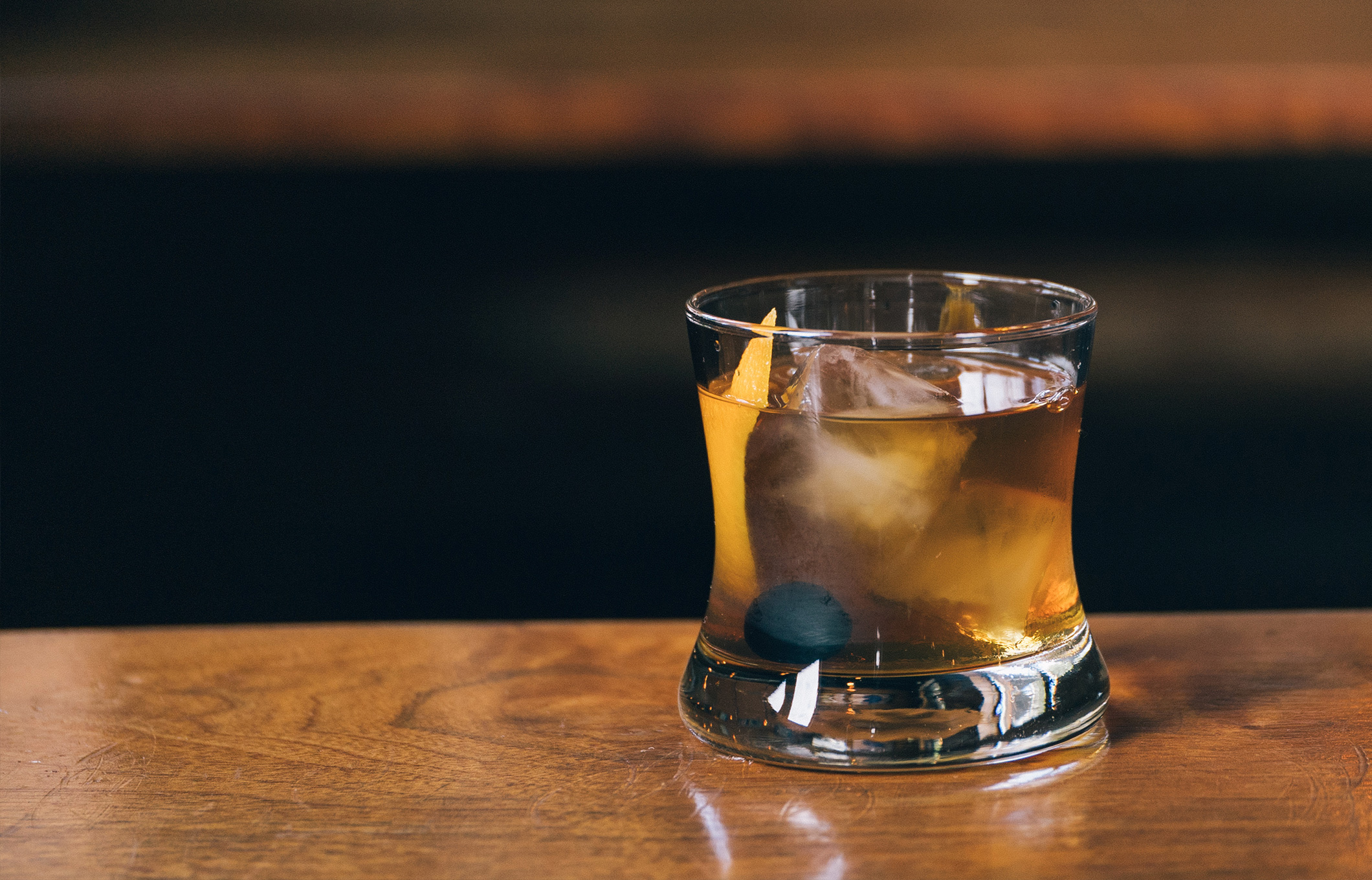
The Pinhook Cocktail Compendium
Cocktails
Crafting cocktails at home with Pinhook
These elegant classic and original cocktails reflect an authenticity of ingredients that begins with a bourbon blended for everyday drinking, but at a proof that lets its singularity shine through. Artfully designed, easy to pull off—these recipes just made cocktail hour at home decidedly more accessible—and delicious.
Old Fashioned
You could draw a straight line connecting this drink to the first recorded definition of the cocktail category in general (circa 1806), which called for spirits, sugar, water and bitters. The classic Old Fashioned hits all these marks—and tastes like the most satisfying history lesson as it slides down your throat.
Manhattan
 The world’s most famous cocktail after it was invented in New York City’s Manhattan Club around 1880, this seasoned sophisticate has held its own for more than 140 years. The Manhattan’s mix of American whiskey and Italian vermouth, enlivened with a few dashes of aromatic bitters, is timeless and tasty—exactly what a cocktail should be.
The world’s most famous cocktail after it was invented in New York City’s Manhattan Club around 1880, this seasoned sophisticate has held its own for more than 140 years. The Manhattan’s mix of American whiskey and Italian vermouth, enlivened with a few dashes of aromatic bitters, is timeless and tasty—exactly what a cocktail should be.
Boulevardier
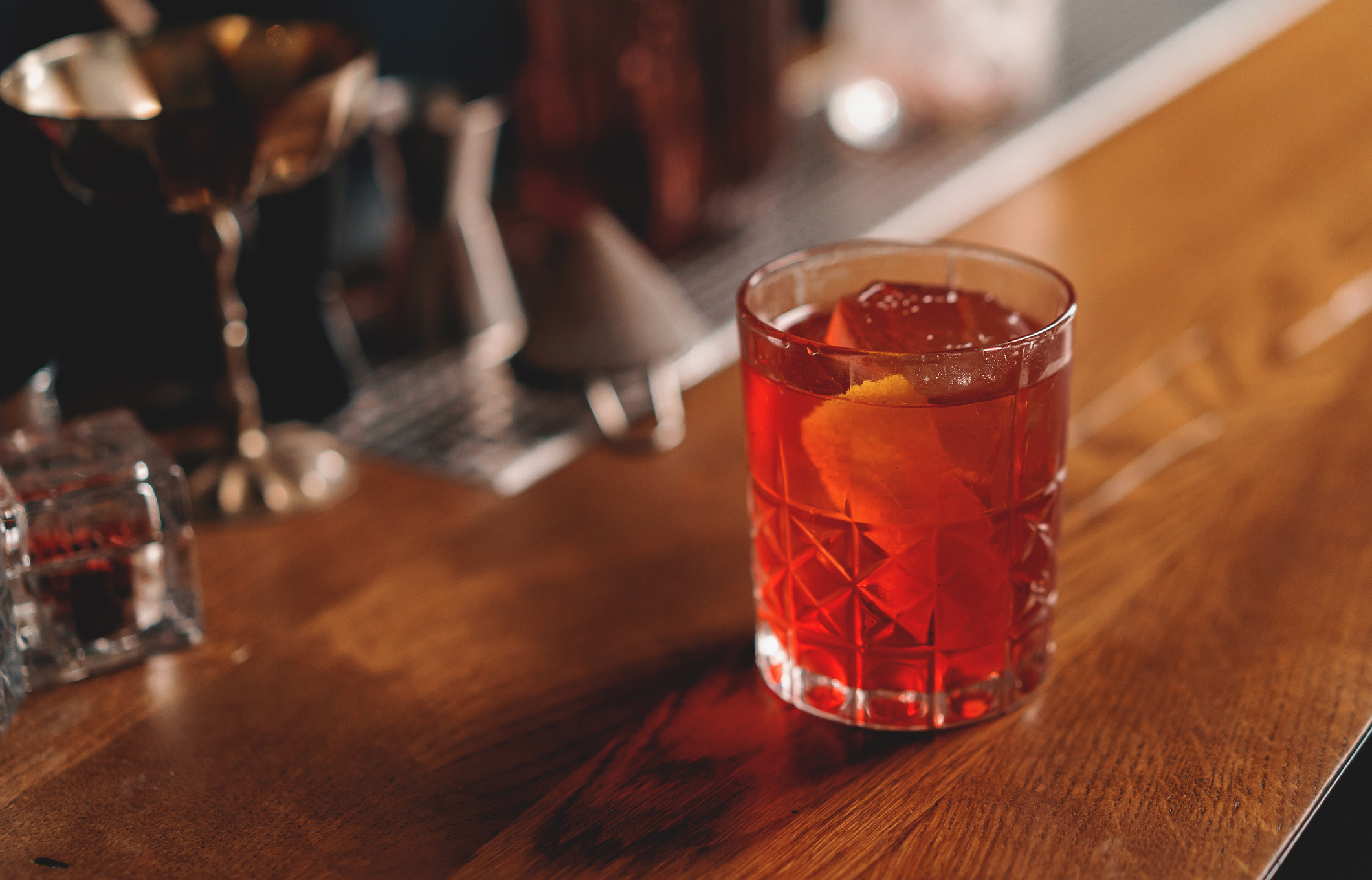 Loosely translated, a boulevardier is a man-about-town. The cocktail—created by the publisher of Boulevardier, a magazine for expats living in Paris a century ago—is the socialite of the cocktail world. A variation on the classic Negroni, adored for its deft balance of bitter, boozy and sweet, the whiskey-based Boulevardier is warming and complex—a come-hither drink for a fall or winter evening.
Loosely translated, a boulevardier is a man-about-town. The cocktail—created by the publisher of Boulevardier, a magazine for expats living in Paris a century ago—is the socialite of the cocktail world. A variation on the classic Negroni, adored for its deft balance of bitter, boozy and sweet, the whiskey-based Boulevardier is warming and complex—a come-hither drink for a fall or winter evening.
Sazerac
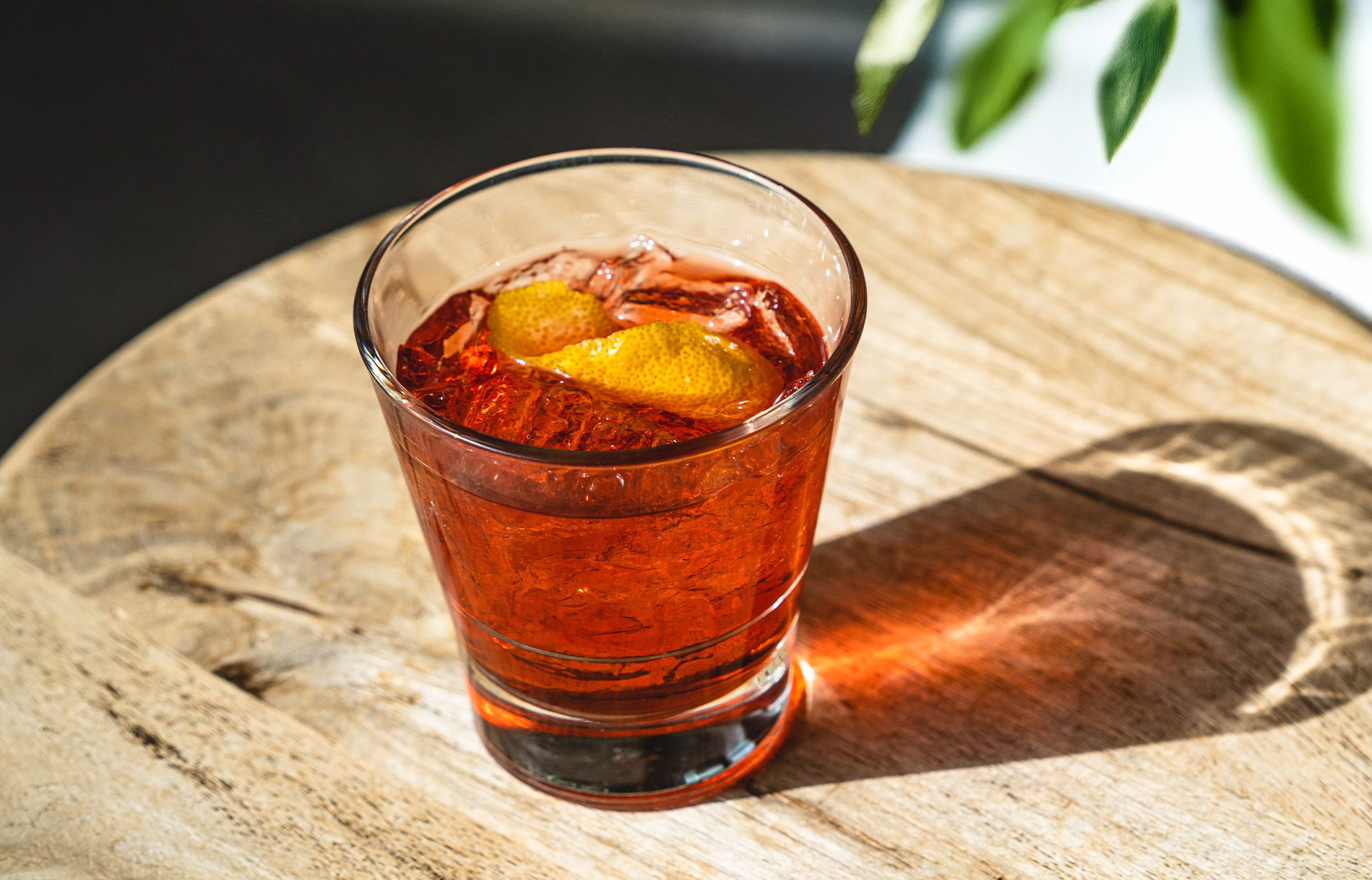 Kissing cousin to the Old Fashioned, the Sazerac originated as early as 1838, was trademarked by the Sazerac Company in 1900, and crowned New Orleans’ official cocktail in 2008. As it should be; its blend of sugar, dash of absinthe and Peychaud’s Bitters (another New Orleans invention) fully embodies the city's charms. Today’s rye-based version incorporates this spirit’s trademark spiciness.
Kissing cousin to the Old Fashioned, the Sazerac originated as early as 1838, was trademarked by the Sazerac Company in 1900, and crowned New Orleans’ official cocktail in 2008. As it should be; its blend of sugar, dash of absinthe and Peychaud’s Bitters (another New Orleans invention) fully embodies the city's charms. Today’s rye-based version incorporates this spirit’s trademark spiciness.
Whiskey Sour
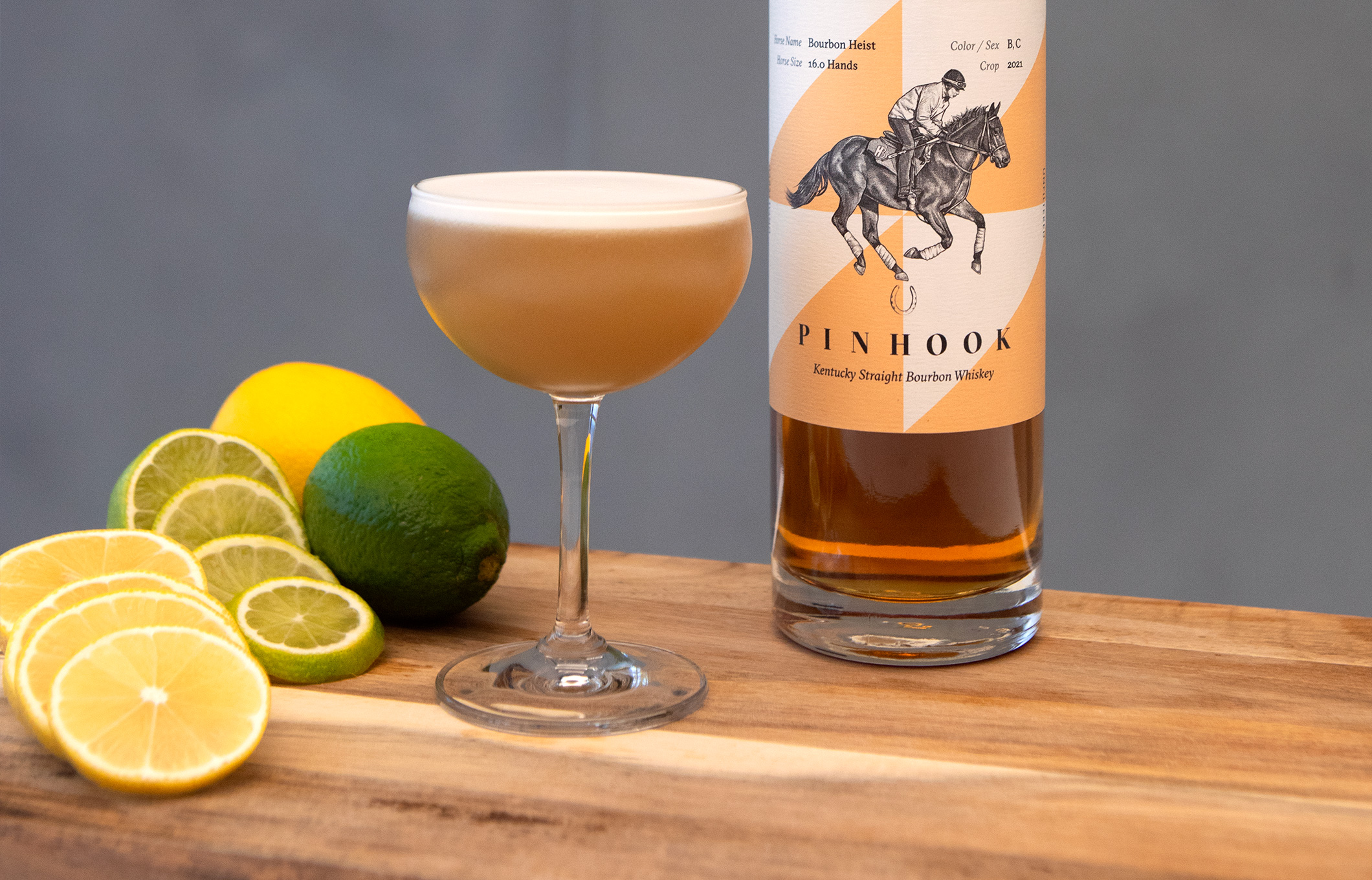 Spirit, citrus and sugar—the holy trinity of classic cocktail ingredients—combine to form the sour, one of the oldest types of cocktail. The first printed recipe appeared around 1862, although by whose hand is lost to history. The original incarnation of the drink called for whiskey, lemon juice, sugar and egg white, an ingredient that tames the tart flavor and creates a richer, smoother texture.
Spirit, citrus and sugar—the holy trinity of classic cocktail ingredients—combine to form the sour, one of the oldest types of cocktail. The first printed recipe appeared around 1862, although by whose hand is lost to history. The original incarnation of the drink called for whiskey, lemon juice, sugar and egg white, an ingredient that tames the tart flavor and creates a richer, smoother texture.
Kentucky Mule
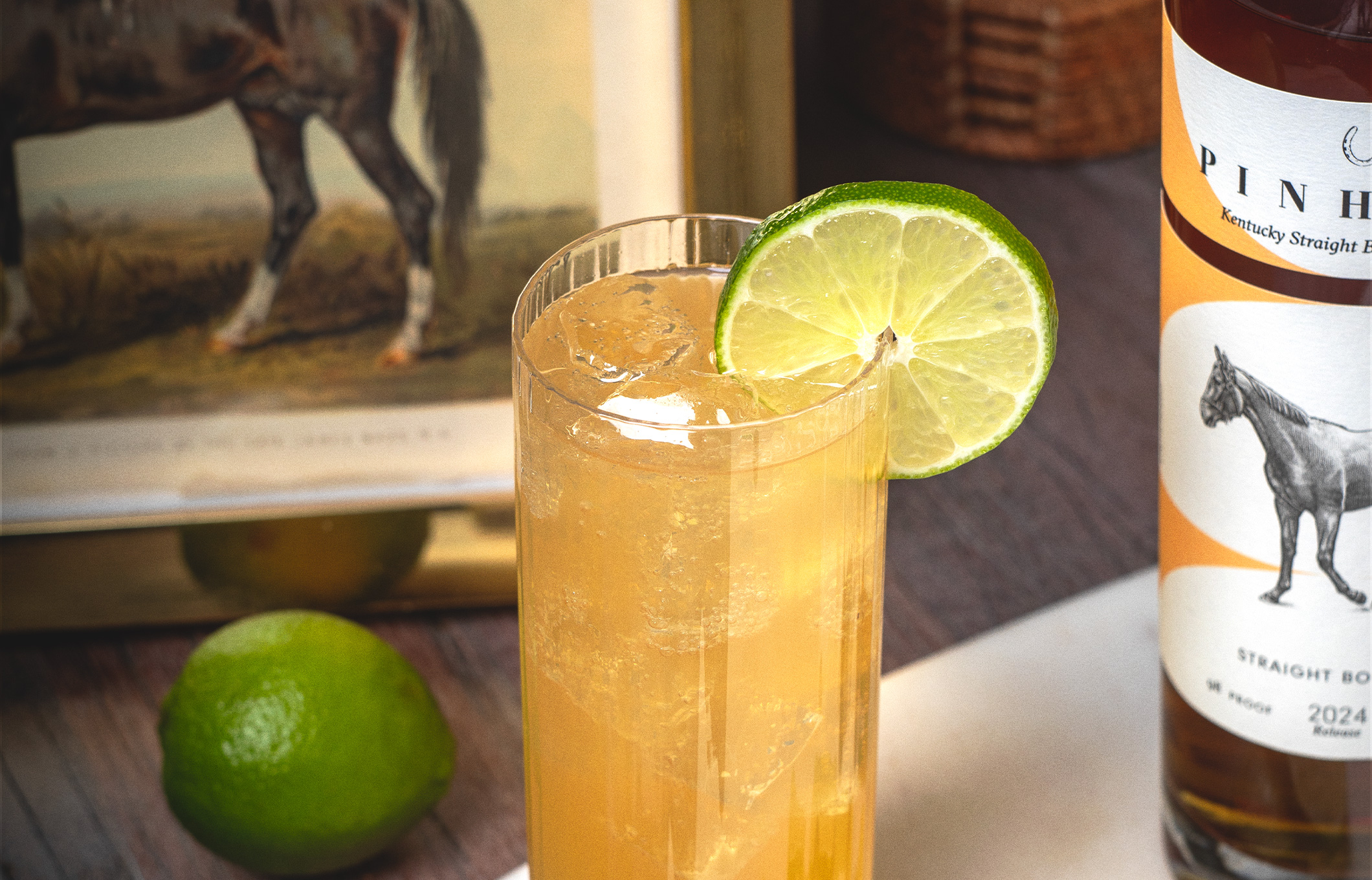 Proving there’s more than one way to mule, this drink puts a refreshing twist on the Moscow Mule, subbing bourbon for vodka in a move that results in a more flavorful cocktail than the original. The key to success here is using a high-quality, spicy ginger beer like Regatta that will provide the perfect balance and hold its own with the whiskey.
Proving there’s more than one way to mule, this drink puts a refreshing twist on the Moscow Mule, subbing bourbon for vodka in a move that results in a more flavorful cocktail than the original. The key to success here is using a high-quality, spicy ginger beer like Regatta that will provide the perfect balance and hold its own with the whiskey.
Vieux Carre
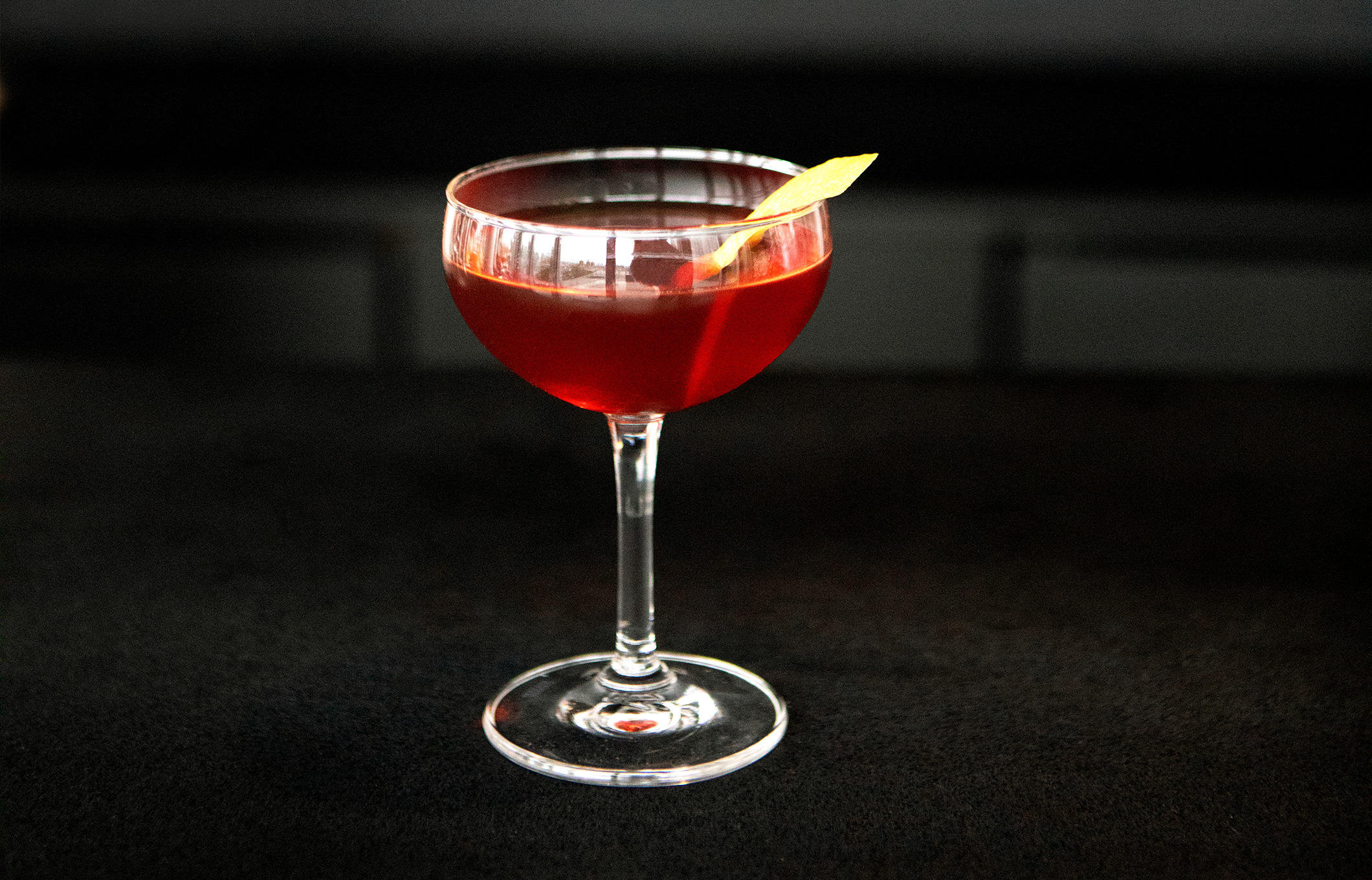 Sazerac. Ramos Gin Fizz. Vieux Carré. New Orleans has played a central role in cocktail culture over the past century—and, more recently, with Pinhook. Second only to NYC in the number of restaurants and bars pouring Pinhook, New Orleans is also home to Sean’s third restaurant, Kenton’s. But back to the Vieux Carré. First stirred to life during the 1930s by Walter Bergeron, a bartender at the legendary Carousel Bar inside the Hotel Monteleone, Vieux Carré (meaning “old square” in French) references the French Quarter. Boozy, sweet, bitter and smooth: it's the Big Easy in a glass.
Sazerac. Ramos Gin Fizz. Vieux Carré. New Orleans has played a central role in cocktail culture over the past century—and, more recently, with Pinhook. Second only to NYC in the number of restaurants and bars pouring Pinhook, New Orleans is also home to Sean’s third restaurant, Kenton’s. But back to the Vieux Carré. First stirred to life during the 1930s by Walter Bergeron, a bartender at the legendary Carousel Bar inside the Hotel Monteleone, Vieux Carré (meaning “old square” in French) references the French Quarter. Boozy, sweet, bitter and smooth: it's the Big Easy in a glass.
Hound Dog
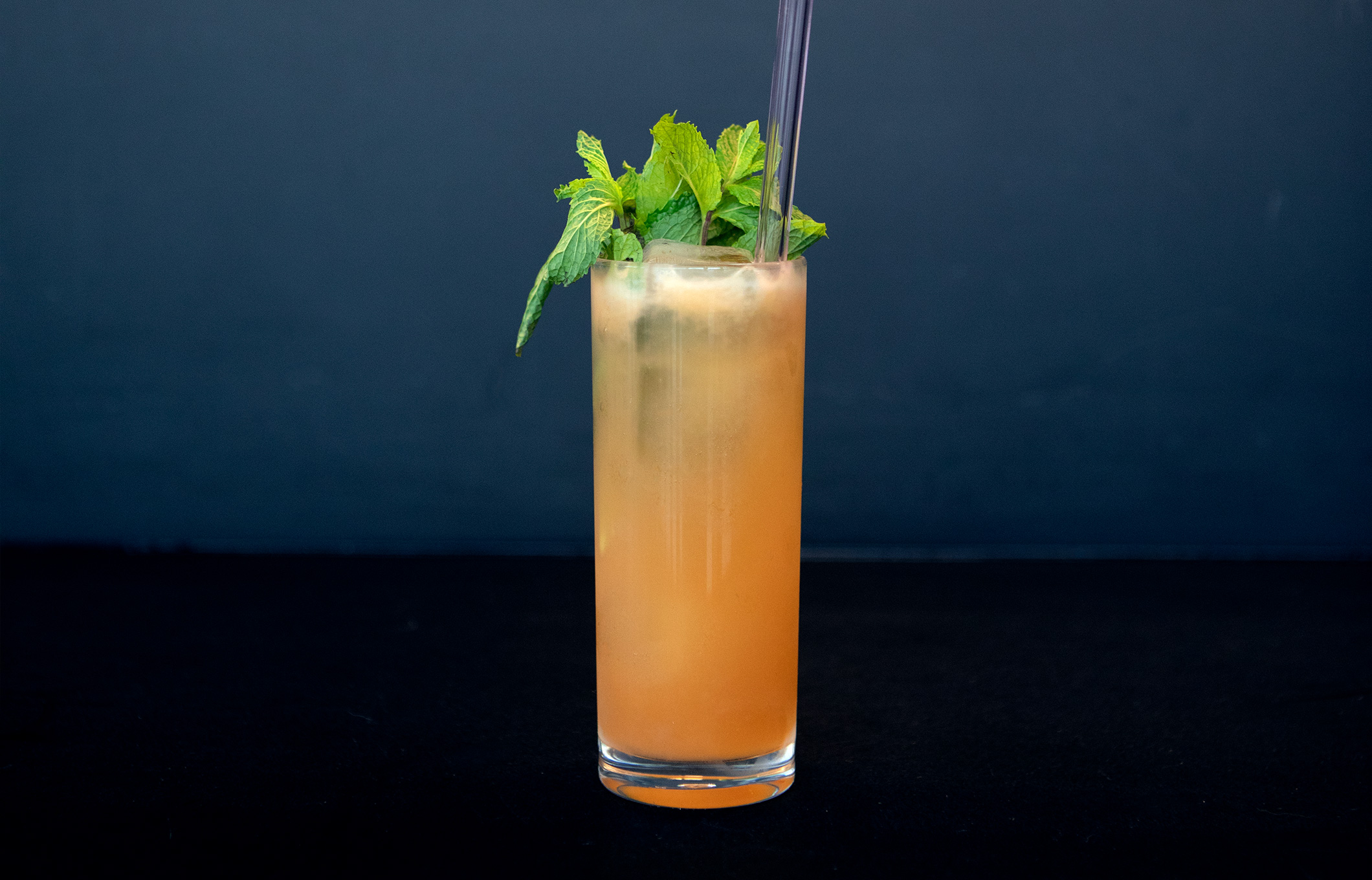 Pinhook’s riff on the classic Greyhound cocktail adds a little honey, to complement the bourbon, and ginger, to spice things up. An original creation of one of Pinhook’s founders, master blender and cocktail expert Sean Josephs, it made its debut at his first bourbon bar, Char No. 4.
Pinhook’s riff on the classic Greyhound cocktail adds a little honey, to complement the bourbon, and ginger, to spice things up. An original creation of one of Pinhook’s founders, master blender and cocktail expert Sean Josephs, it made its debut at his first bourbon bar, Char No. 4.
Paper Plane
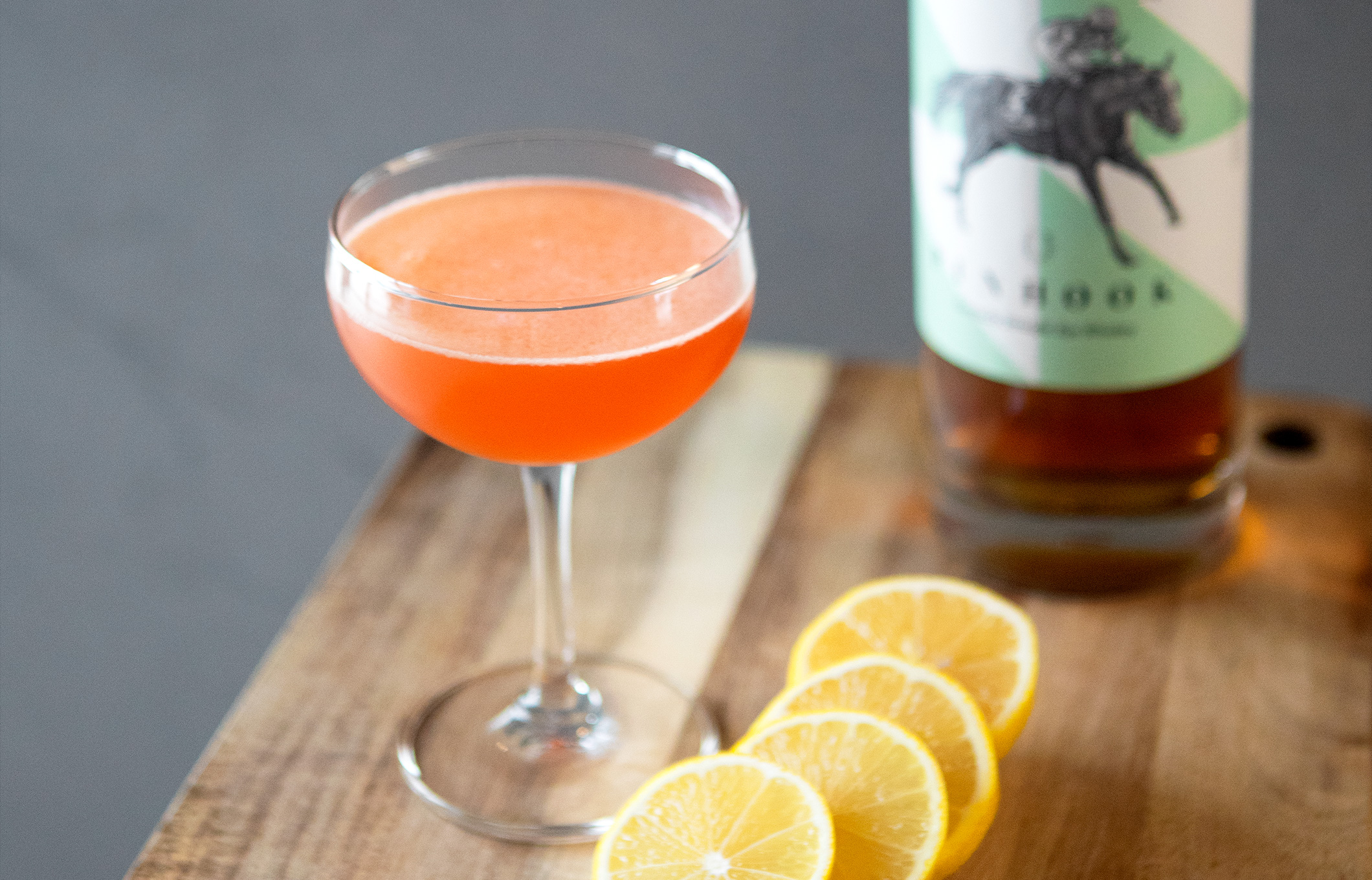 A modern classic invented by an award-winning New York City bartender, this drink plays with the template for the Last Word, a cocktail of equal parts gin, lime, maraschino liqueur and green Chartreuse. The Paper Plane soars instead with bourbon, Amaro Nonino, Aperol and lemon juice. Both drinks strike a beautiful balance among bitter, sour and herbal notes.
A modern classic invented by an award-winning New York City bartender, this drink plays with the template for the Last Word, a cocktail of equal parts gin, lime, maraschino liqueur and green Chartreuse. The Paper Plane soars instead with bourbon, Amaro Nonino, Aperol and lemon juice. Both drinks strike a beautiful balance among bitter, sour and herbal notes.
Gold Rush
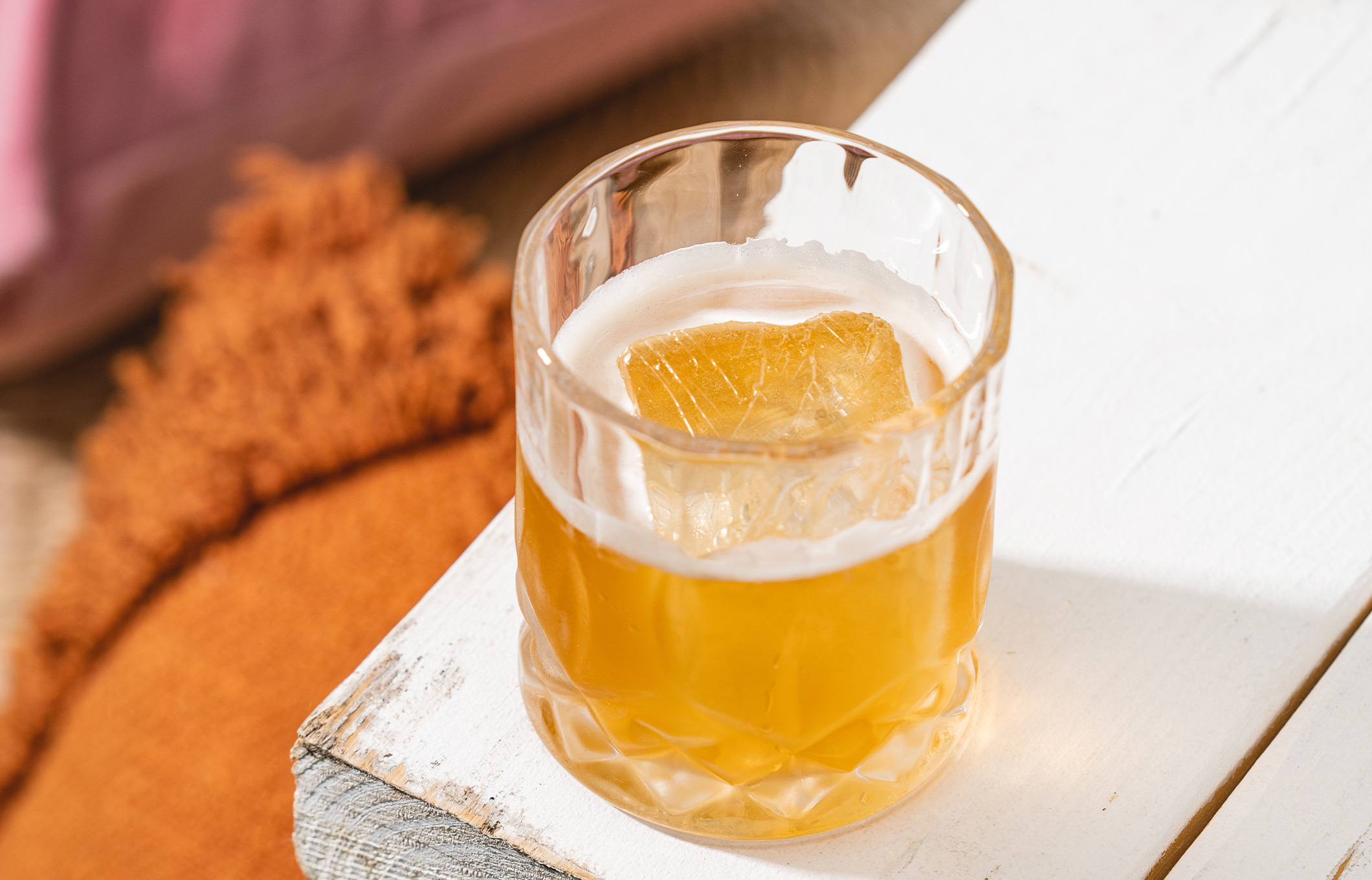 Deceptively simple at first glance, this drink could be mistaken for a honeyed-up version of the Whiskey Sour, or a bourbon-spiked take on the Bee’s Knees. But the Gold Rush is a cocktail all its own, created in the early aughts with the feel of a pre-Prohibition classic. It came about as bartenders began tweaking recipes, pouring newly available liqueurs, and swapping in alternate base spirits.
Deceptively simple at first glance, this drink could be mistaken for a honeyed-up version of the Whiskey Sour, or a bourbon-spiked take on the Bee’s Knees. But the Gold Rush is a cocktail all its own, created in the early aughts with the feel of a pre-Prohibition classic. It came about as bartenders began tweaking recipes, pouring newly available liqueurs, and swapping in alternate base spirits.
